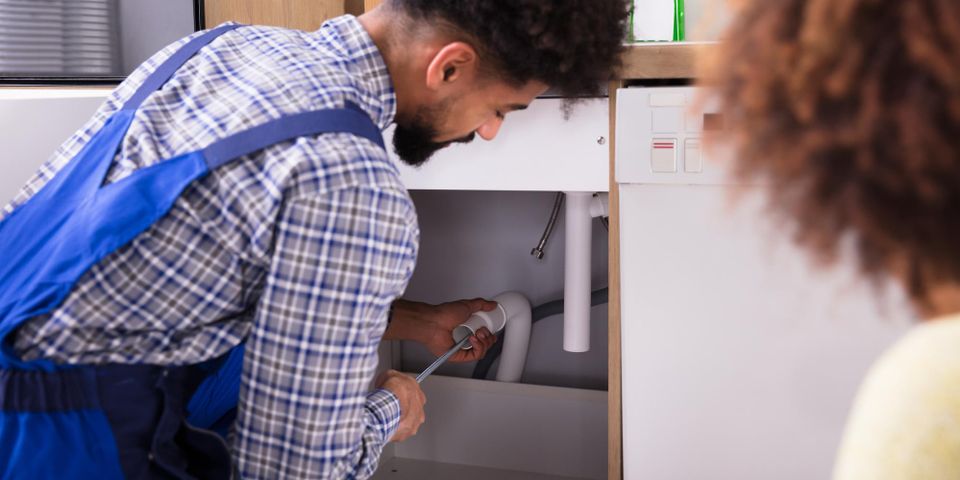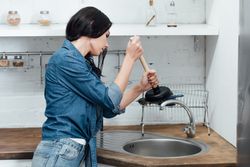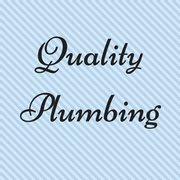
As a first-time homeowner, you may not be familiar with the complexities of a residential plumbing system. Clogged drains are a common problem that can lead to larger, costlier concerns, like flooding and burst pipes. Use this guide to learn how to diagnose, address, and avoid buildups in your residential plumbing system.
How to Identify a Clogged Drain
If water is pooling in showers, sinks, and bathtubs, there’s likely a blockage in your residential plumbing system. When this occurs, waste won’t go down the toilet either.
Appliances can also cause issues. Dishwashers share a water supply line and drain system with the kitchen sink. If there’s a clog in the line or drainage component, water won’t flow into the machine to complete a cycle, and the dishes will be dirty.
How to Handle & Prevent Clogs
 If water passes through drains slowly, the blockage may be minor. Use a plunger to dislodge the grime and pass it through the pipe. Store-bought cleaners should be avoided, as their harsh chemicals can corrode metal pipes. Instead, pour baking soda and vinegar down the drain, followed by boiling water.
If water passes through drains slowly, the blockage may be minor. Use a plunger to dislodge the grime and pass it through the pipe. Store-bought cleaners should be avoided, as their harsh chemicals can corrode metal pipes. Instead, pour baking soda and vinegar down the drain, followed by boiling water.
To prevent future clogs, be mindful of what goes down the drains. Pour cooking oil in containers so that it doesn’t coagulate in the pipe when it cools. Coffee grounds and eggshells should be trashed, as the particles will clump and accumulate in the pipes. You can also put mesh screens over drain openings in the bathroom to catch hair and soap before they flow into the system.
If you’ve got a stubborn clog, turn to Quality Plumbing in Honolulu, HI. These professionals are licensed, bonded, and insured, and they’ve helped Oahu homeowners remove buildups in their pipes since 2017. Once the drain is clear, they’ll use a variety of industry tools and techniques to clean it and prevent future clogs. Call (808) 384-0412 to schedule an appointment.
About the Business
Have a question? Ask the experts!
Send your question

